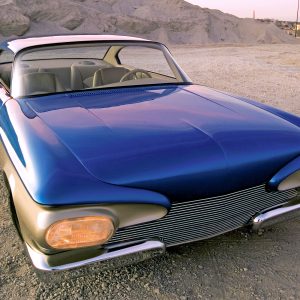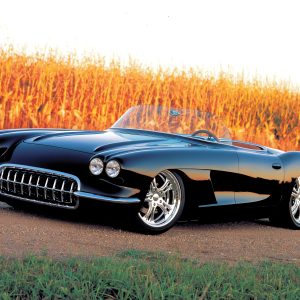Builds
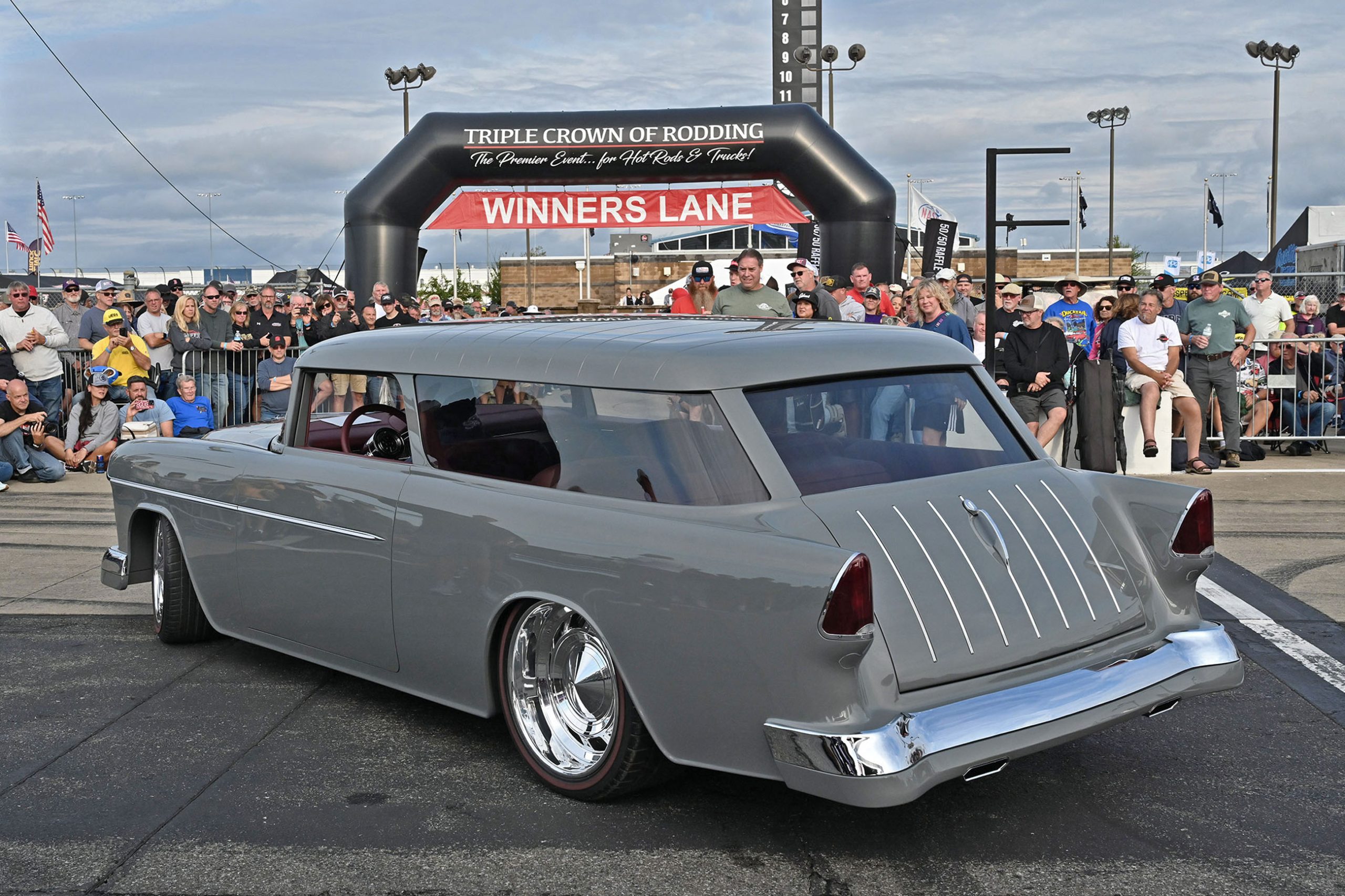
The 2025 Triple Crown of Rodding delivered a jaw-dropping lineup of cars, and the Celebrity Pick Awards highlighted the rides that captured the eyes of legends. Hand-picked by icons like Chip Foose, Corky Coker, John Jackson, and Kyle Tucker, these awards honor vehicles that combine daring creativity, flawless craftsmanship, and that undeniable “wow” factor.
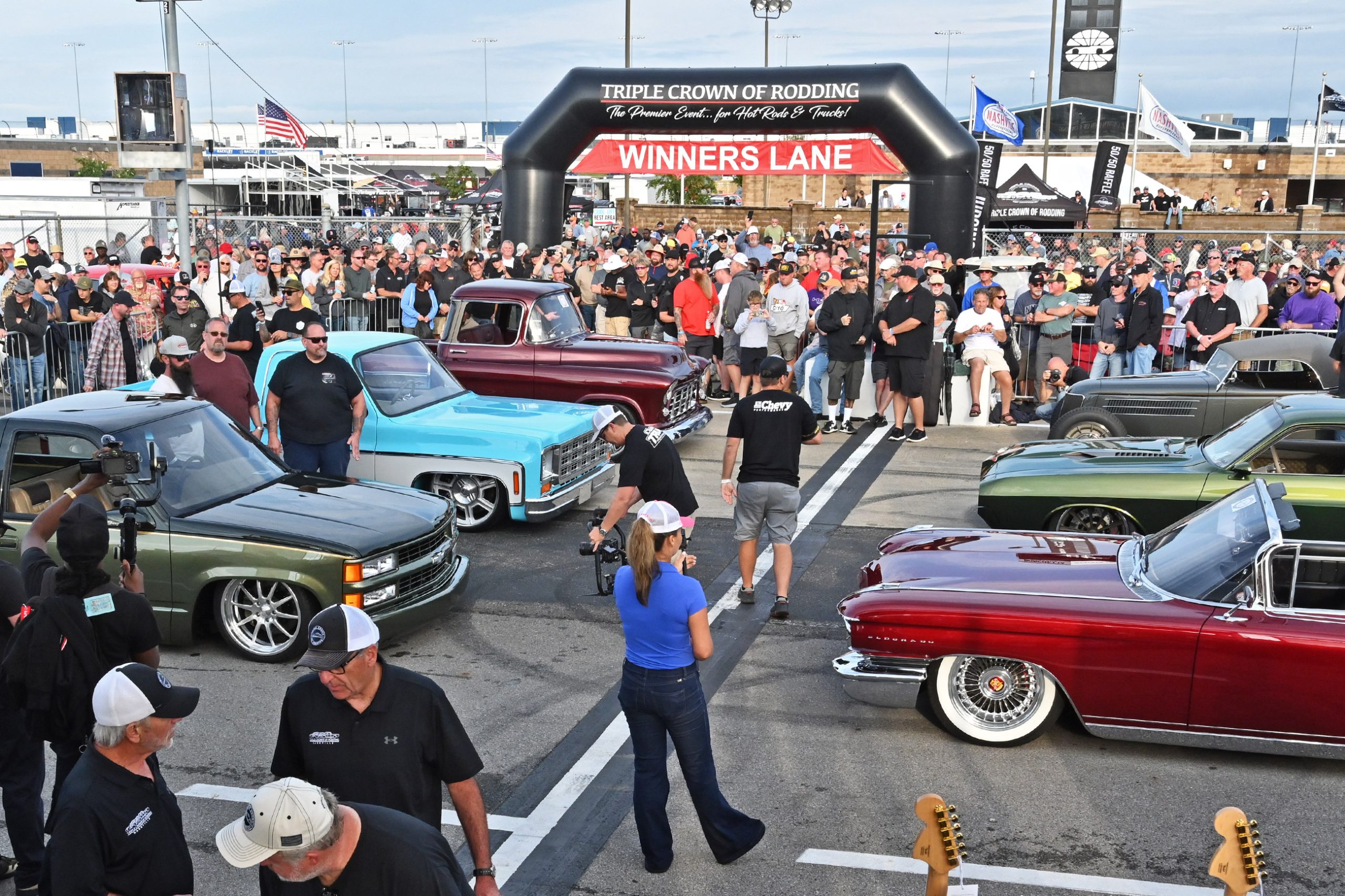
When it comes to prestige in the custom car and truck world, nothing shines brighter than the Triple Crown of Rodding. With over 50 state-of-the-art billet-machined aluminum and show-chrome-plated trophies on the line, the competition is fierce. But at the top of the heap are six elite titles—the ones every builder dreams about, the ones that truly define “best of the best.”
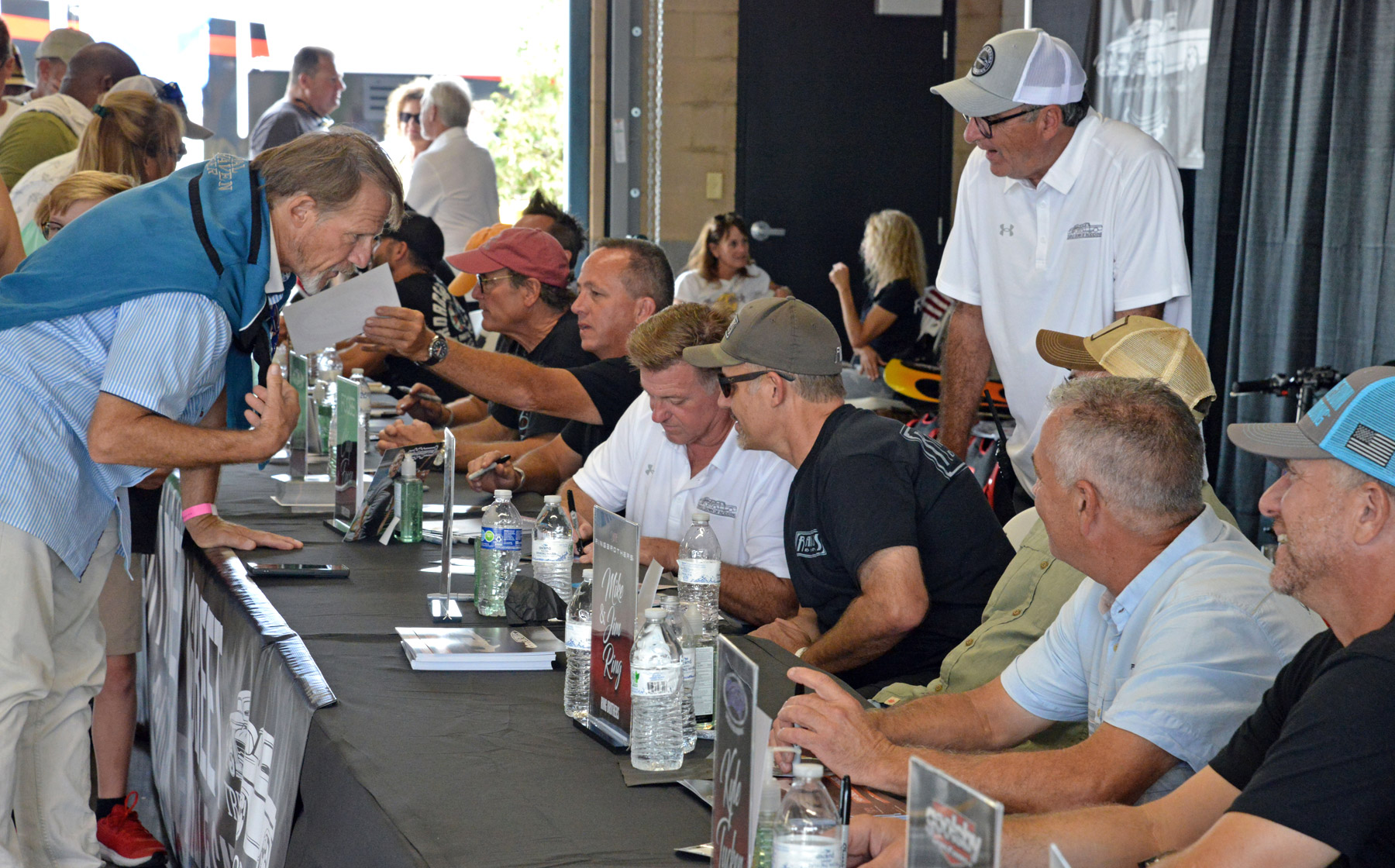
This isn’t just a lineup—it’s a living hall of fame. We’re talking the visionaries whose cars dominate the Ridler, the America’s Most Beautiful Roadster (AMBR), and the Goodguys Top 12. The innovators who set the trends that every other shop follows. The craftsmen whose names carry weight in any serious shop conversation, even if they aren’t on reality TV every week.
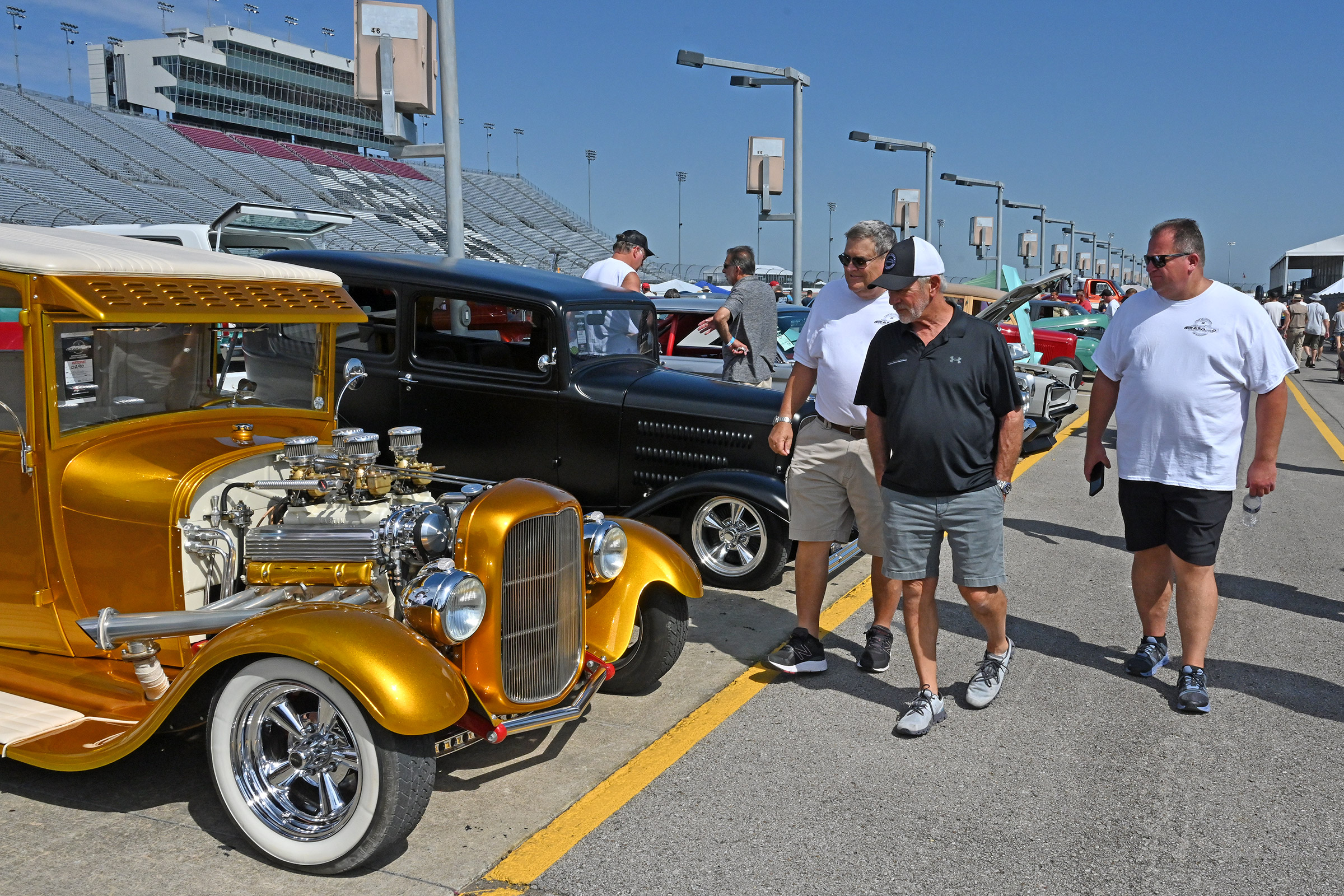
We’ve been road-tripping all year long through the Fab’d Four of Auto Shows, chasing the best builds, the wildest debuts, and the kind of iron that makes you stop mid-sentence just to stare. Three shows in, we’ve already seen cars that melted minds and trucks that had crowds three-deep around them.
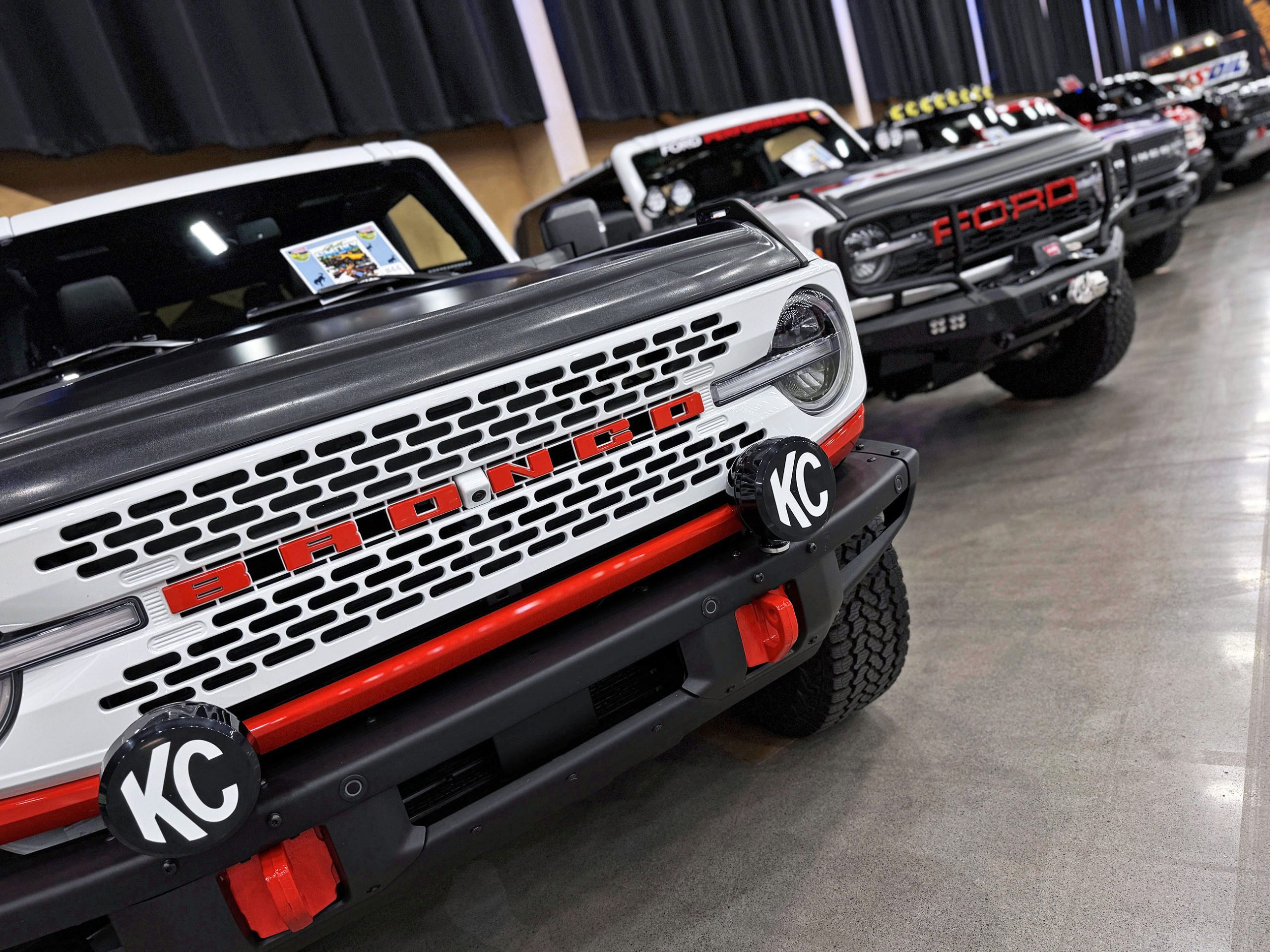
If your Bronco is still stock, it’s time for an upgrade. At the 2025 Great Smoky Mountain Bronco® Stampede in Pigeon Forge, the LeConte Center was transformed into a playground for anyone who refuses to settle for factory specs. First-gen classics mingled with lifted Sasquatch Editions, chopped customs, and wild builds that looked like they might break a few laws—on purpose. Every aisle was stacked with vendors showing off suspension systems, armor, lighting, audio, and off-road gear—everything needed to turn a perfectly nice stock Bronco into a beast that dominates the trail and turns heads everywhere it rolls.
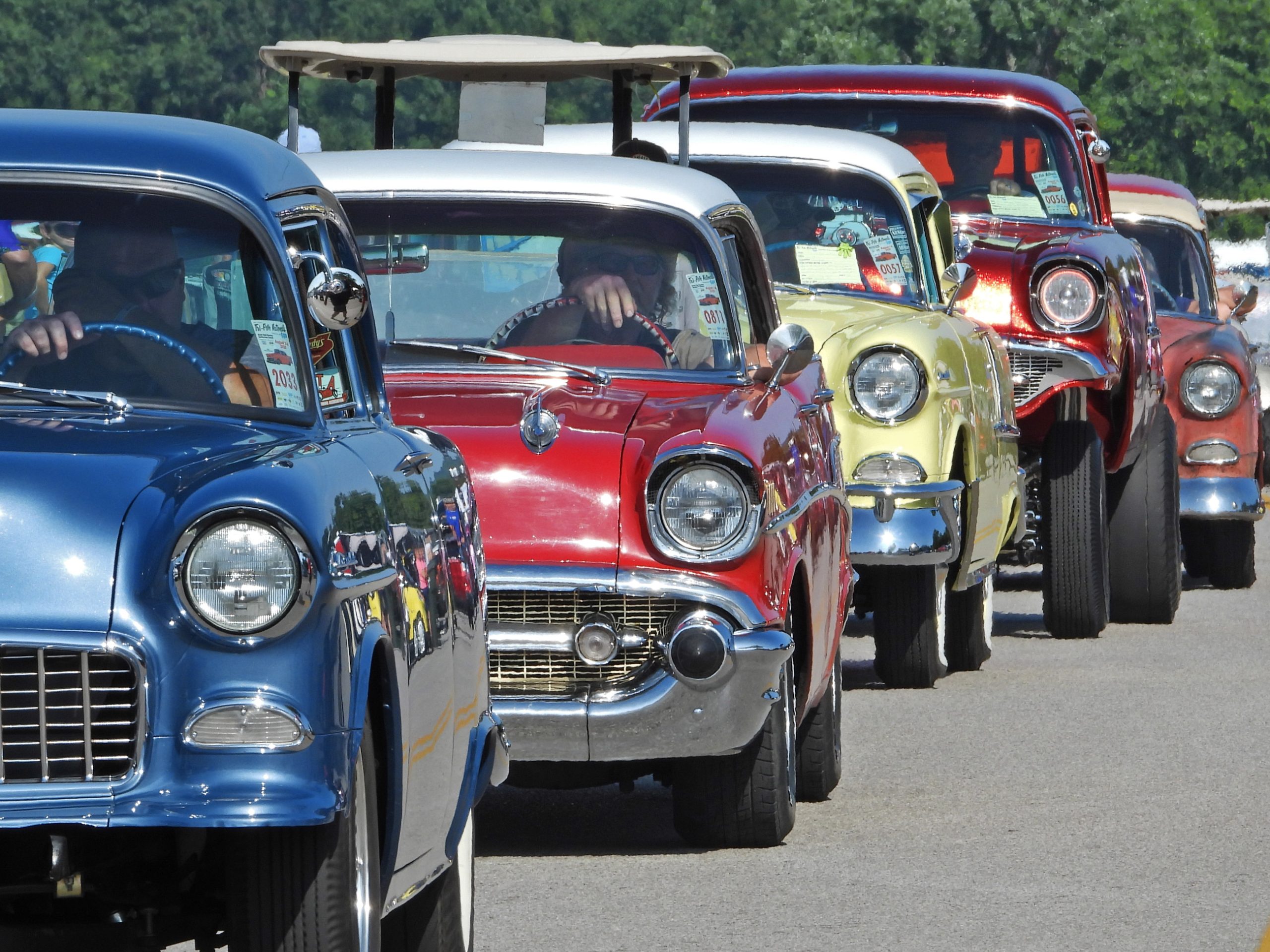
This year marked 70 years since the 1955 Chevy hit the streets, kicking off a three-year run that forever changed the automotive landscape. And judging by the rows of spotless Bel Airs, hardtop sedans, wicked gassers, and full-tilt pro-touring machines, the legend is alive, well, and meaner than ever. Everywhere you turned, there was another masterpiece—whether it was a flawless restoration, a ground-shaking drag car, or a radical custom that pushed the envelope.
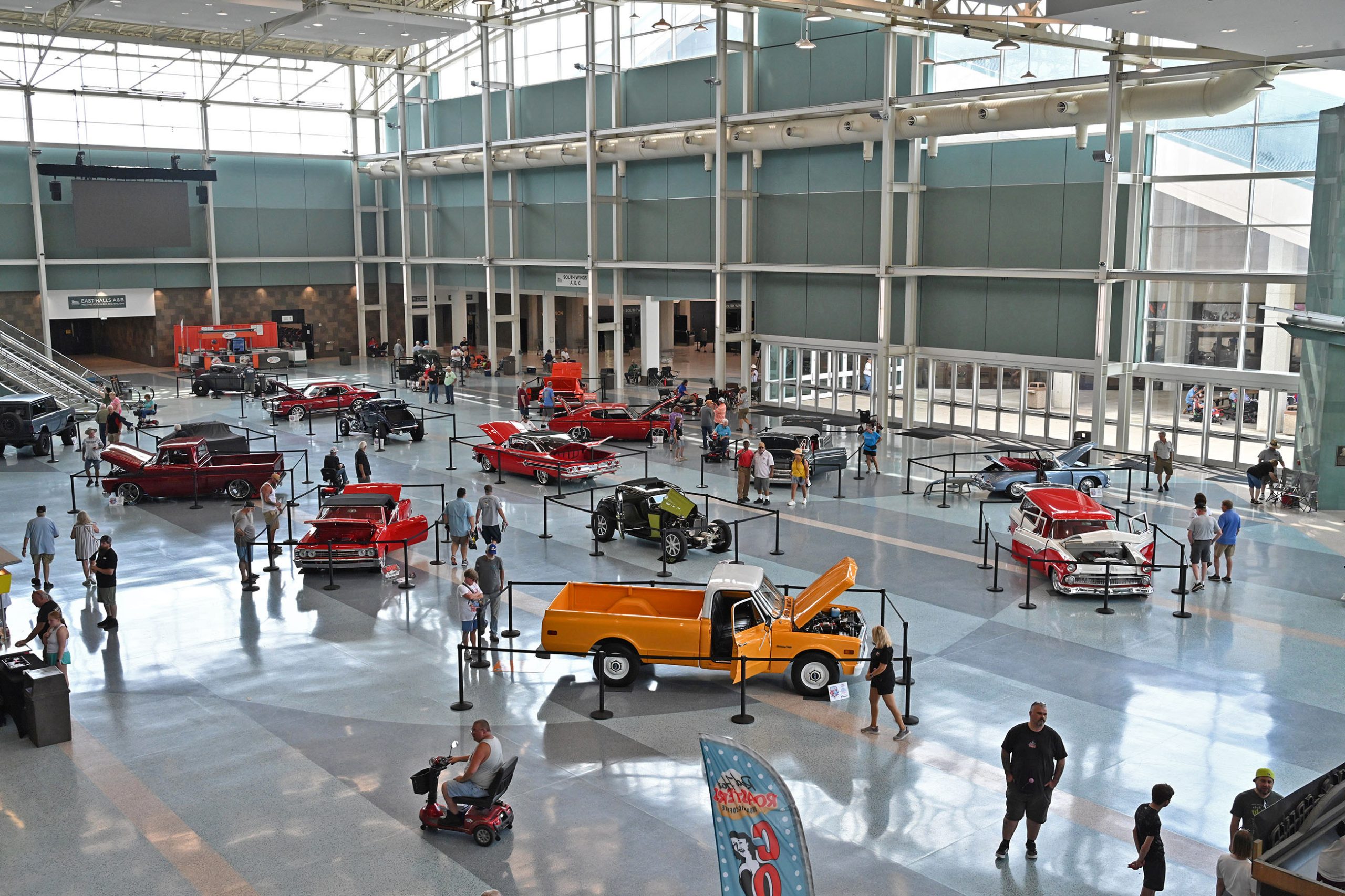
The Street Rod Nationals returned to Louisville once again, marking its 31st year at the Kentucky Exposition Center—and its 56th overall. Four days filled with some of the best street rods, customs, and classics brought together everything from survivor sedans to full-tilt customs. With over 10,000 cars on the property and close to 70,000 people wandering the grounds, it’s not just a car show—it’s a rolling history lesson, a swap meet, a family reunion, and a street rodder pilgrimage all rolled into one.
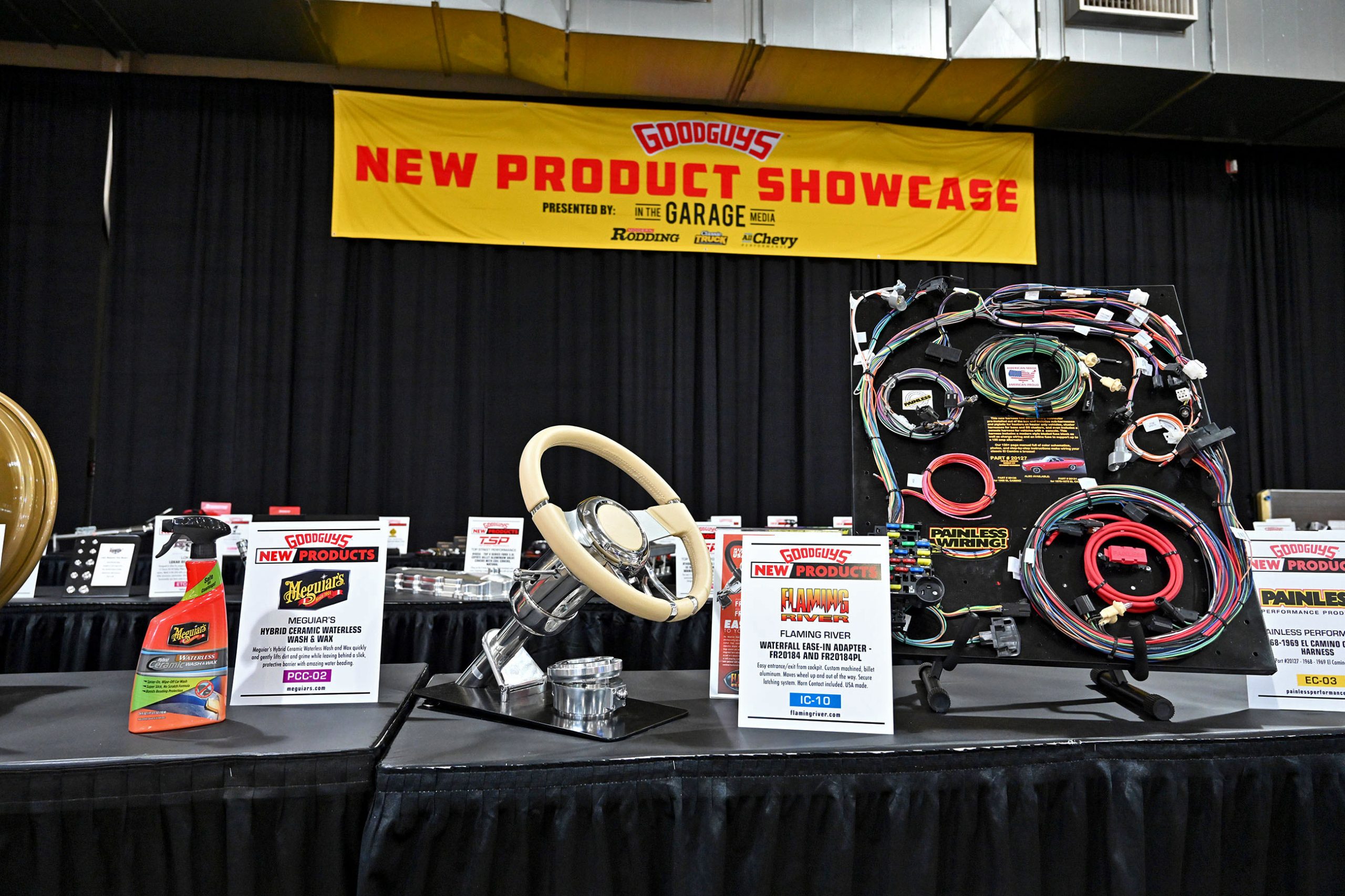
Columbus brought the heat—literally and figuratively. At this year’s Goodguys Nationals, the metal was shiny, the builds were wild, and the vendor midway was packed with gearheads showing off the next big things. We walked the aisles, kicked tires, talked shop, and came away with a short list of standout products we think deserve your attention. Whether you’re wrenching on a street truck, building a corner-carving pro-tourer, or chasing big boost, here are some of the best parts we spotted.
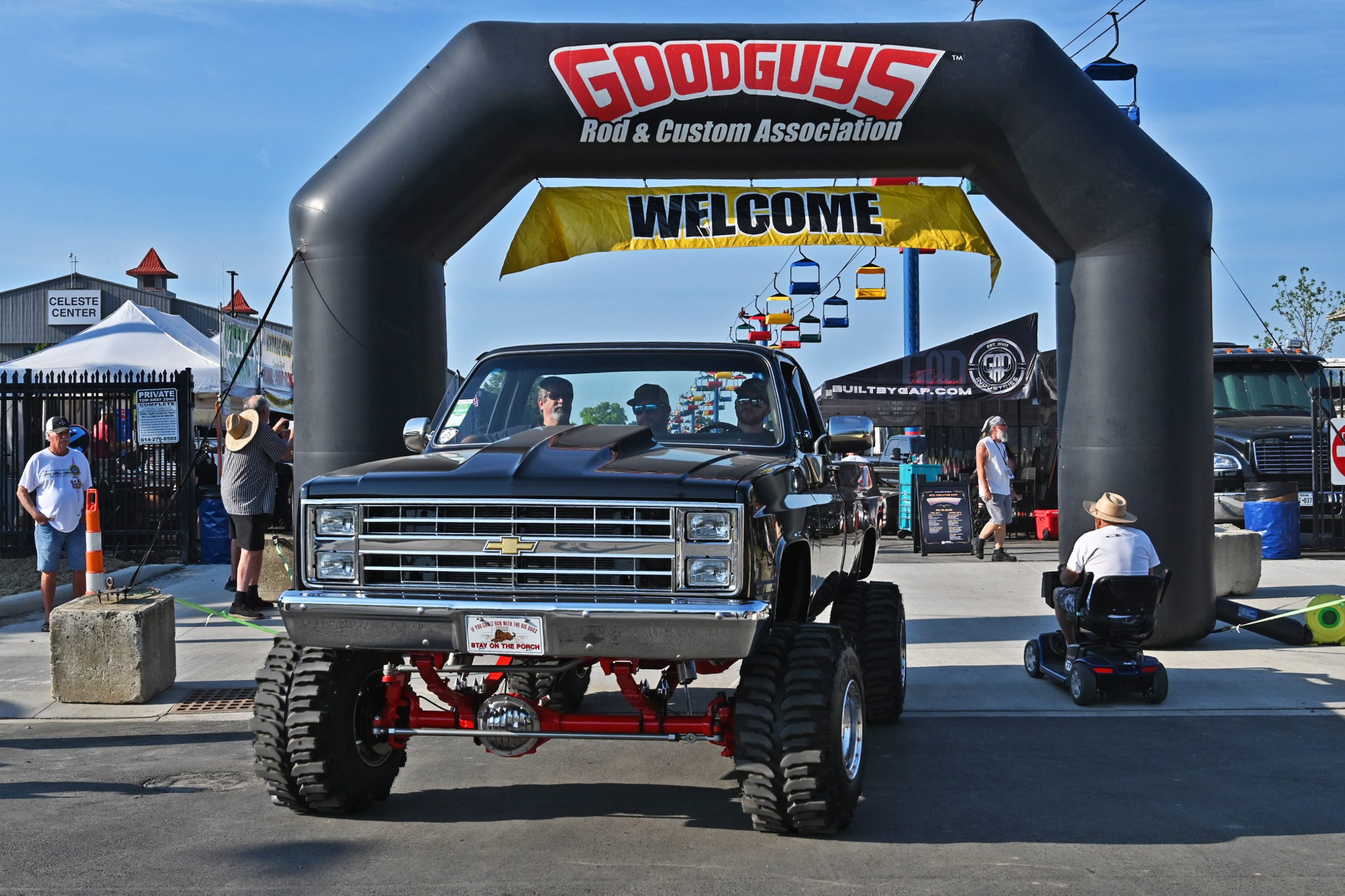
Let’s be honest—there was a time when trucks were the stuff you parked behind the show field, used to haul parts, or maybe pulled your “real” hot rod to the event. What once might have been considered second-tier to muscle cars and traditional hot rods is now front and center, with classic pickups, slammed cruisers, high-horsepower haulers, and fully reimagined showstoppers filling the Ohio Expo Center grounds.
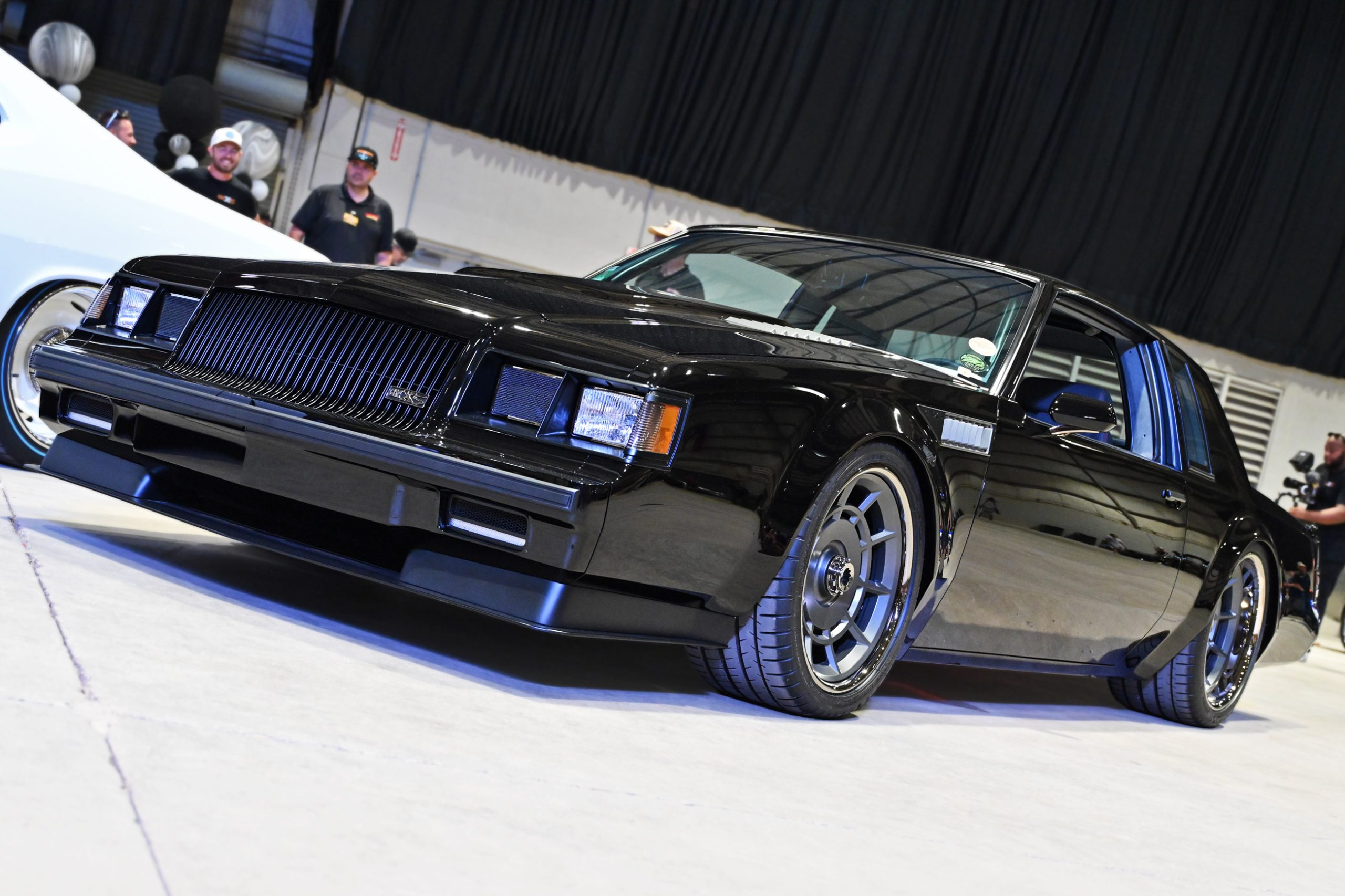
If you’re into big power, insane craftsmanship, and the kind of custom cars that stop people mid-sentence, then Columbus, Ohio in July is the place to be. The Goodguys Nationals isn’t just a show—it’s the showdown. Since ’98, this event has become ground zero for the best in hot rods, muscle cars, and one-off customs that blend tradition with full-throttle insanity.









